NexSens specializes in turnkey systems for remote, buoy-based environmental monitoring. With automatic sensor detection for most standard meteorological, water quality and other environmental sensors, NexSens offers the closest thing to plug-and-play of any data logging system in the industry.
While the data logging capabilities are vast, some research applications require highly specialized equipment from other manufacturers – and that’s fine. Recognizing that some users simply want a robust, reliable platform for placing their own electronics in the water, NexSens engineers designed the CB-Series line of data buoys for maximum flexibility, and specifically for cases where a NexSens data logger is not a part of the system.
CB-Series data buoys offer many features to accommodate nearly any application. Need something small and easily portable? No problem. Have a specific sensor in need of secure deployment? Standard and custom mounting hardware is available. A power-hungry system to be placed in rough seas? Got that covered, too.
Compare buoy models in the CB-Series comparison chart
The key features of the buoys are the same across the CB-Series line. These include:
- Internal data well – open space in the center of the buoy hull for secure placement of batteries, data loggers, and any other sensitive electronics
- Data well lid – simultaneously provides waterproof sealing of the data well with pluggable and/or pass-though ports for power, sensor and RF cables
- Solar tower – mount topside sensors and recharge batteries in the data well for continuous operation (or remove for a streamlined package with self-sufficient measurement systems)
- Instrument cage – securely mount subsurface instruments, connect mooring hardware and balance the buoy with ballast weight as needed
- Pass-through holes – openings in the buoy hull for securing cables passed through to subsurface instruments, with optional deployment pipe options for ease of placement and access
With the nearly endless options available, designing a custom system can seem like a daunting task. However, the process is simpler than ever before thanks to the new Custom Data Buoy Configuration Guide. Located in the NexSens Knowledge Base, this handy tool can be used to gain understanding of the available options. It walks through the design process step by step and helps to identify develop a parts list. The end result is a well-suited custom configuration for any application.
Click to view the Custom Data Buoy Configuration Guide
Have an idea but still want to be sure? Not to worry, NexSens Applications Engineers are here to help.
Contact a NexSens Applications Engineer today to discuss your monitoring application
Looking for some inspiration? Be sure to check out the success stories highlighted in the case studies below.
Case Studies
Understanding Shark Behavior through Sensing Technology
Shark sightings along California’s beaches are increasing – a net positive for the ecosystem, but increasing the occurrence of sharks and humans in the same waters. The California State University Shark Lab is using modern sensing technology to study shark behavior. The goal is to help inform the public so that beachgoers can stay safe while sharks can continue to thrive.
Tackling Beach Safety with UK’s First Bacterial Monitoring Buoy
In the UK, Proteus Instruments and RS Hydro are working to ensure that swimmers can safely enjoy a bath at their favorite beach with the aid of groundbreaking real-time sensor technology. Buoys equipped with Proteus water quality probes are helping to instantly deliver critical information on bacterial loads–data previously only available through laboratory analysis.
Lighter Buoys Mean Quicker, In-House Responses
The NOAA Chesapeake Bay Office runs an unusual set of buoys. NOAA’s Chesapeake buoys originated as part of the John Smith Water Trail—a kind of aquatic Appalachian Trail for boaters. Although the buoys are no longer used as interpretive trail markers, they are now part of a larger observing system of 10 full-time stations.
Great Lakes Buoy Networks
In one example of the ongoing work to support Great Lakes buoy networks, researchers with the University of Wisconsin launched two new monitoring buoys to track a variety of water quality parameters. The buoys contribute data to the National Data Buoy Center, Great Lakes Observing System (GLOS) and the University of Michigan’s Ocean Engineering Lab.

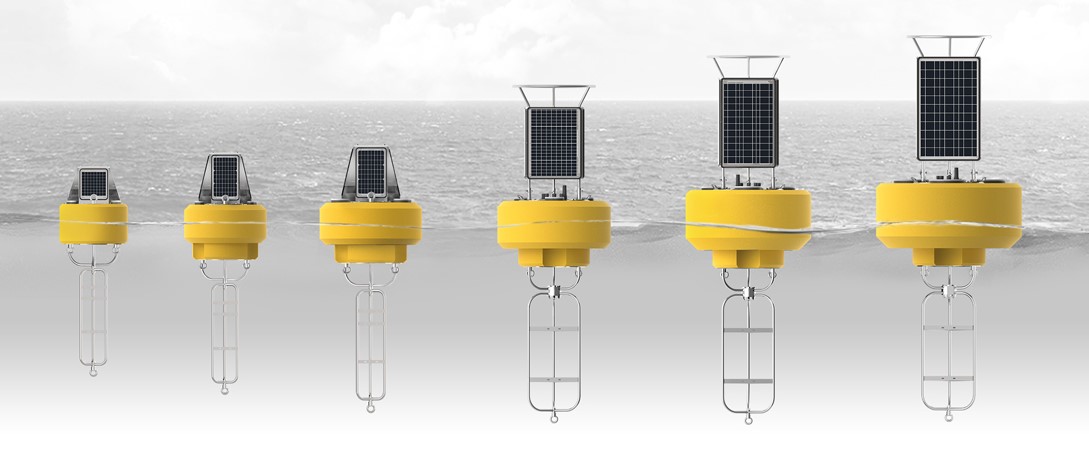
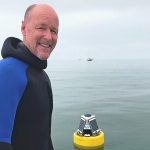
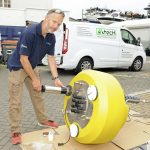
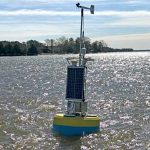
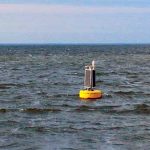
0 comments